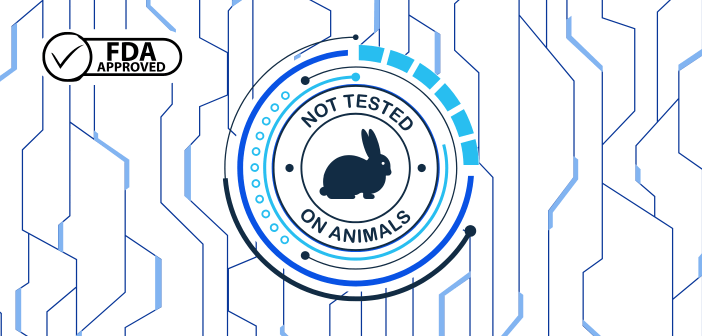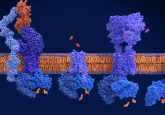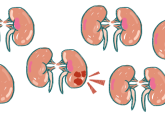FDA rewrites drug development rules: animal testing out, human biology in

In a bold regulatory shift, the US FDA (MD, USA) has announced plans to replace animal testing for monoclonal antibody (mAb) drugs with AI simulations, lab-grown human organoids and real-world data.
On April 10 2025, the US FDA announced plans to eliminate mandatory animal testing for mAb drug development, favoring more predictive, ethical and human-relevant alternatives such as AI models and human organoids. The approach is intended to reduce drug development time and costs, benefits that will resonate throughout the biotech and pharma sectors.
Preclinical animal studies have long been a regulatory staple in drug development, yet their ability to accurately predict human safety outcomes remains limited. In response, the FDA is shifting toward the use of new approach methodologies (NAMs) — including AI-driven computational models and organoid-based toxicity testing — to assess drug efficacy using more human-relevant data.
This transition marks a significant evolution in bioanalysis, biotechnology and pharmaceutical R&D, with the potential to reshape global drug approval standards while accelerating development timelines and reducing overall costs.
Effective immediately, investigational new drug (IND) applications can include evidence generated from NAMs data, such as AI simulations of mAb toxicity and distribution in the human body, or organ-on-a-chip systems that mimic human organs like the liver and heart. In a move toward harmonizing global data, the FDA will also begin accepting pre-existing, real-world safety data from international regulators with comparable standards.
You may also be interested in:
- A collaborative breakthrough in vaccine LBA validation standards
- New US Pharmacopeia guidelines could transform biologics impurity control
- The alchemy of biosimilars: the dawn of a new epoch
FDA Commissioner Martin Makary called the move “a win-win for public health and ethics,” emphasizing that computer-aided simulations and lab-grown human tissues offer a “safer, faster and more ethical” approach to evaluating antibody drugs.
“For patients, it means a more efficient pipeline for novel treatments. It also means an added margin of safety, since human-based test systems may better predict real-world outcomes. For animal welfare, it represents a major step toward ending the use of laboratory animals in drug testing. Thousands of animals, including dogs and primates, could eventually be spared each year as these new methods take root,” explained Makary.
Biotech leaders like Vivodyne (PA, USA) and Infinimmune (CA, USA) welcomed the change, noting that human-relevant tools increase predictive accuracy and reduce in-human risk, offering deeper biological insight and improved success rates in early development.
To incentivize adoption, the FDA promises regulatory flexibility and streamlined reviews for non-animal-based submissions. A pilot program and public workshop are slated for this year to refine the roadmap.
The FDA’s vision is clear: faster drug development, fewer animal trials and more human-centric testing. By partnering with agencies like NIH (MD, USA) and the National Toxicology Program (NC, USA), the regulatory shift facilitates widespread adoption of NAMs in drug pipelines. With upcoming pilot programs, expanded guidance and public workshops, this approach could redefine global standards for antibody drug testing, replacing animals with technology rooted in human biology.






